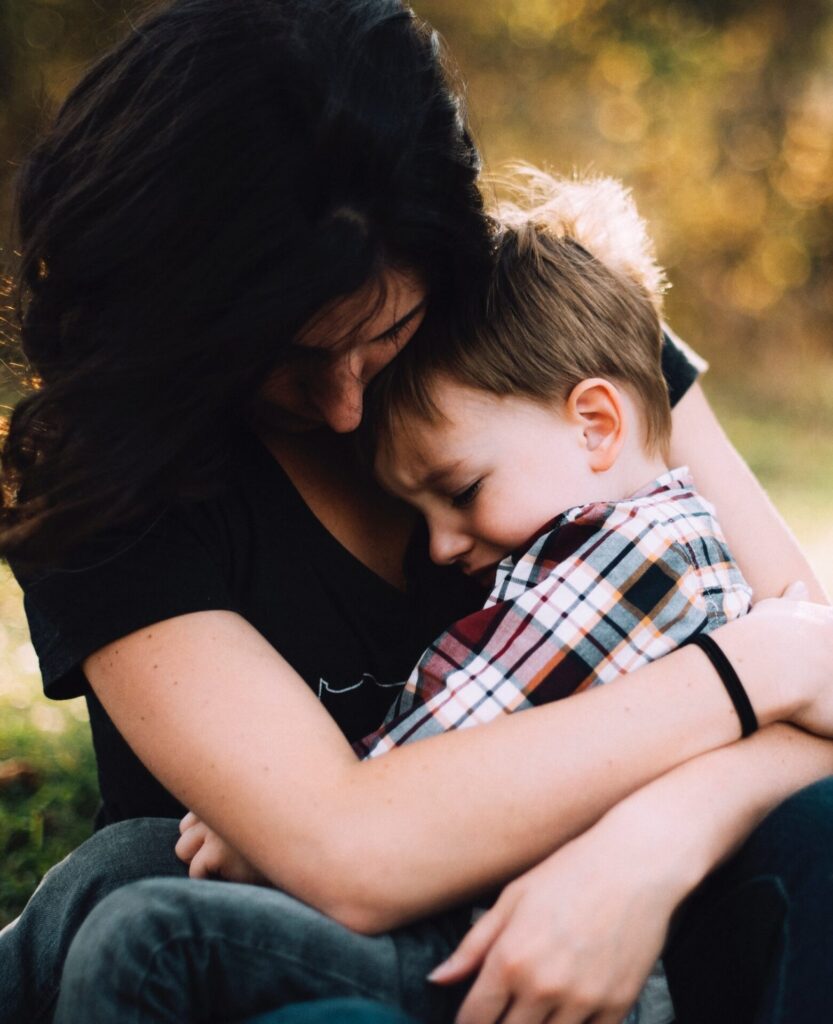Attachment anxiety is a profound fear of separation from loved ones, such as parents, friends, and spouses. This fear corresponds to a negative self-image and low self-esteem, creating an insecure attachment style. While the exact causes are not fully understood, there is an apparent link between attachment anxiety and negative childhood experiences, particularly inconsistent parenting. In this comprehensive guide, we delve into the intricacies of attachment anxiety, exploring its roots, manifestations, and strategies for healing.
Attachment Theory: Foundation of Emotional Connection
Attachment theory, proposed by psychiatrist John Bowlby and expanded by psychologist Mary Ainsworth, provides a psychological framework to understand emotional attachment between infants and caregivers. Infants, born with a fundamental need for safety, cling to nurturing and responsive caregivers. A secure attachment style is fostered when caregivers consistently meet the child’s needs. In contrast, inconsistent, absent, or abusive caregiving can lead to insecure attachment styles.
Two Dimensions of Attachment Styles
Attachment styles are categorized by two dimensions: attachment-related anxiety and avoidance levels. High attachment anxiety individuals fear abandonment, while high avoidance individuals resist closeness and intimacy. Anxiously attached people may develop different types of attachment, including anxious and fearful-avoidant styles.
Attachment Anxiety vs. General Anxiety
Attachment anxiety is distinct from general anxiety, focusing specifically on the intense fear of rejection or abandonment within relationships. Anxiously attached individuals may show anxiety in relationship-related issues but not necessarily in other aspects of life. Recognizing this distinction is crucial for understanding and addressing attachment anxiety effectively.
Causes of Attachment Anxiety
Several factors contribute to the development of attachment anxiety, including inconsistent parenting, anxious parents, and childhood emotional neglect. Inconsistent caregiving teaches children that they cannot rely on their caretakers for support, fostering hypervigilance and hyperactivation attachment behavior. Parents with anxious attachment themselves may perpetuate inconsistent parenting, while emotional neglect increases the risk of attachment anxiety.
Signs of Attachment Anxiety in Childhood
Anxiously attached children often display common signs, such as clinginess, fear of rejection, people-pleasing tendencies, doubts about parental availability during distress, and the development of mental health issues like anxiety disorders. Understanding these signs is crucial for early intervention and support.
Signs of Attachment Anxiety in Adulthood
In adulthood, individuals with attachment anxiety may exhibit behaviors such as seeking constant reassurance, disclosing personal information early in relationships, frequent discussions about romantic relationships, vigilant monitoring of partner availability, extreme reactions to relationship threats, hypersensitivity to others’ opinions, active engagement on social media, and increased vulnerability to clinical disorders.
Healing Attachment Anxiety in Children
Failure to form a secure attachment in childhood can lead to negative outcomes. Rebuilding trust involves consistent caregiver responses. Attachment repair or the development of a secure attachment with a trusted adult, like a school counselor, is essential. Severe cases may require professional help to navigate the healing process effectively.
Healing Attachment Anxiety in Adults
Insecure attachments in childhood don’t necessarily translate to insecure attachments in adulthood. Awareness of attachment style allows individuals to formulate strategies for seeking help. Secure relationships, emotional regulation, and adaptive coping strategies play crucial roles in the healing process. Therapists or counselors can guide individuals in reconstructing healthy internal representations of relationships.
Supporting an Anxious Spouse
Partners of individuals with attachment anxiety play a pivotal role in providing support. Studies show that supportive partners positively impact anxious individuals’ feelings about their relationships. Couple therapy can be instrumental in fostering understanding and constructive behavioral responses.
In conclusion, understanding attachment anxiety is crucial for effective intervention and support. Whether in childhood or adulthood, recognizing signs, addressing causes, and seeking professional help are essential steps toward healing. Attachment wounds can be mended over time with consistent support and a commitment to building secure, healthy relationships.




